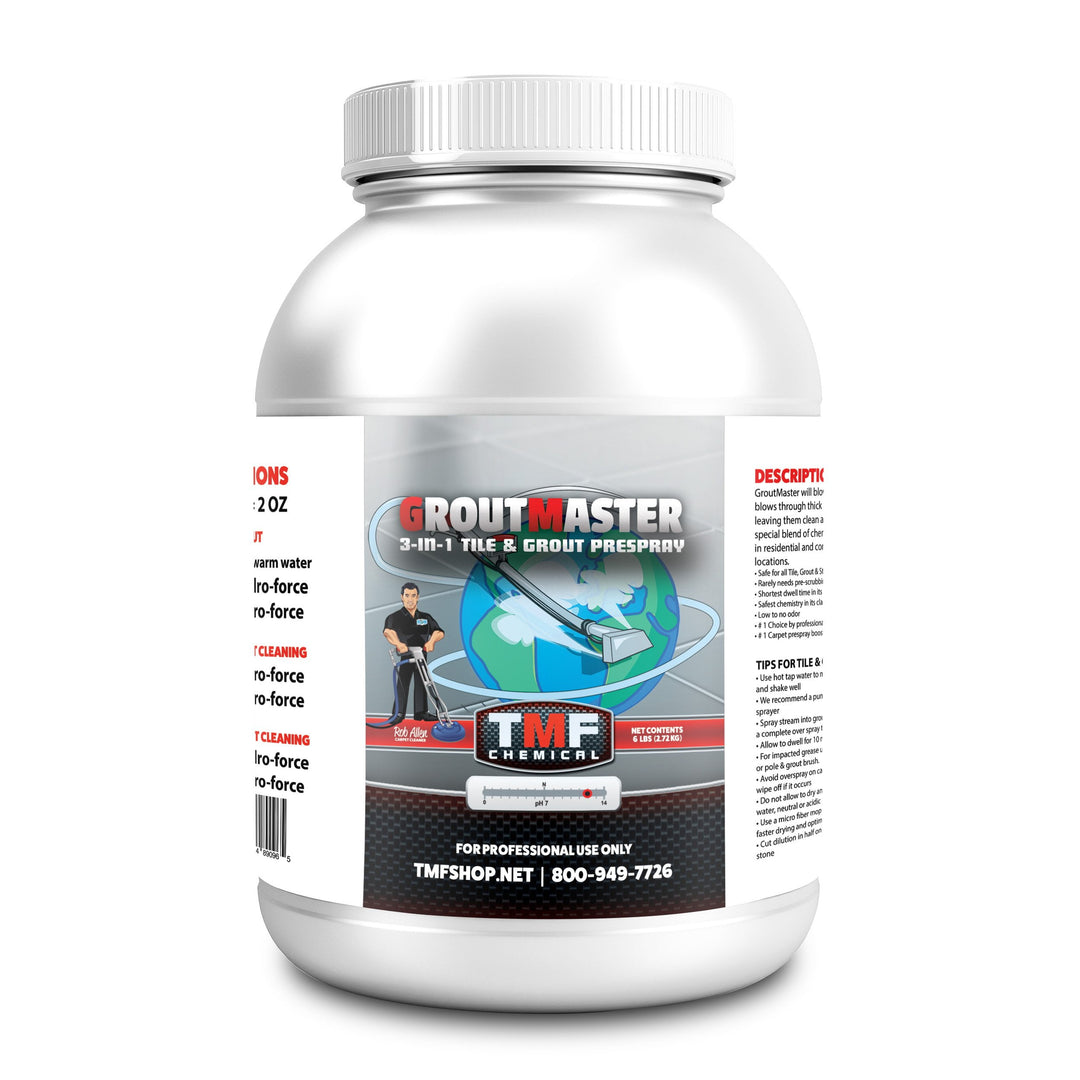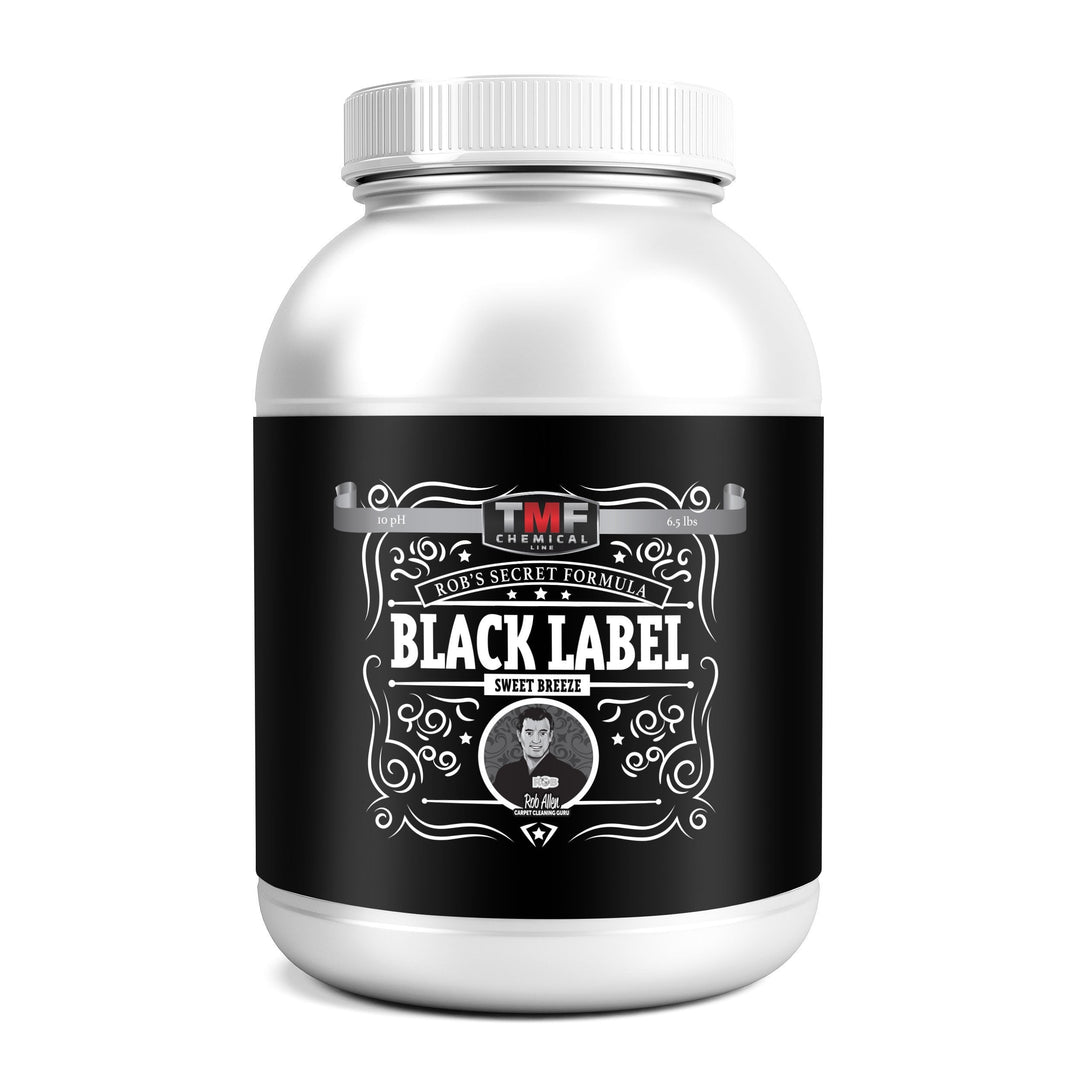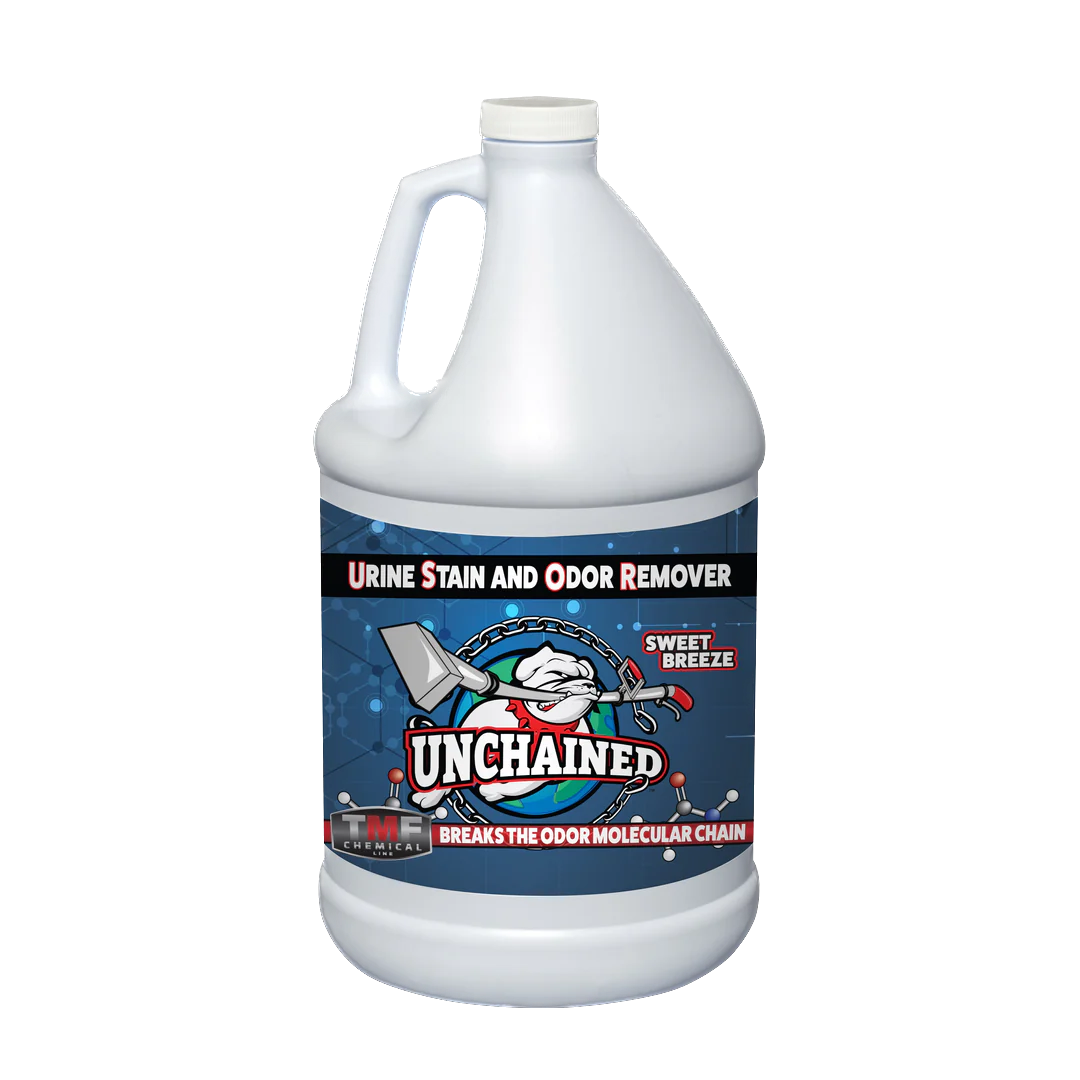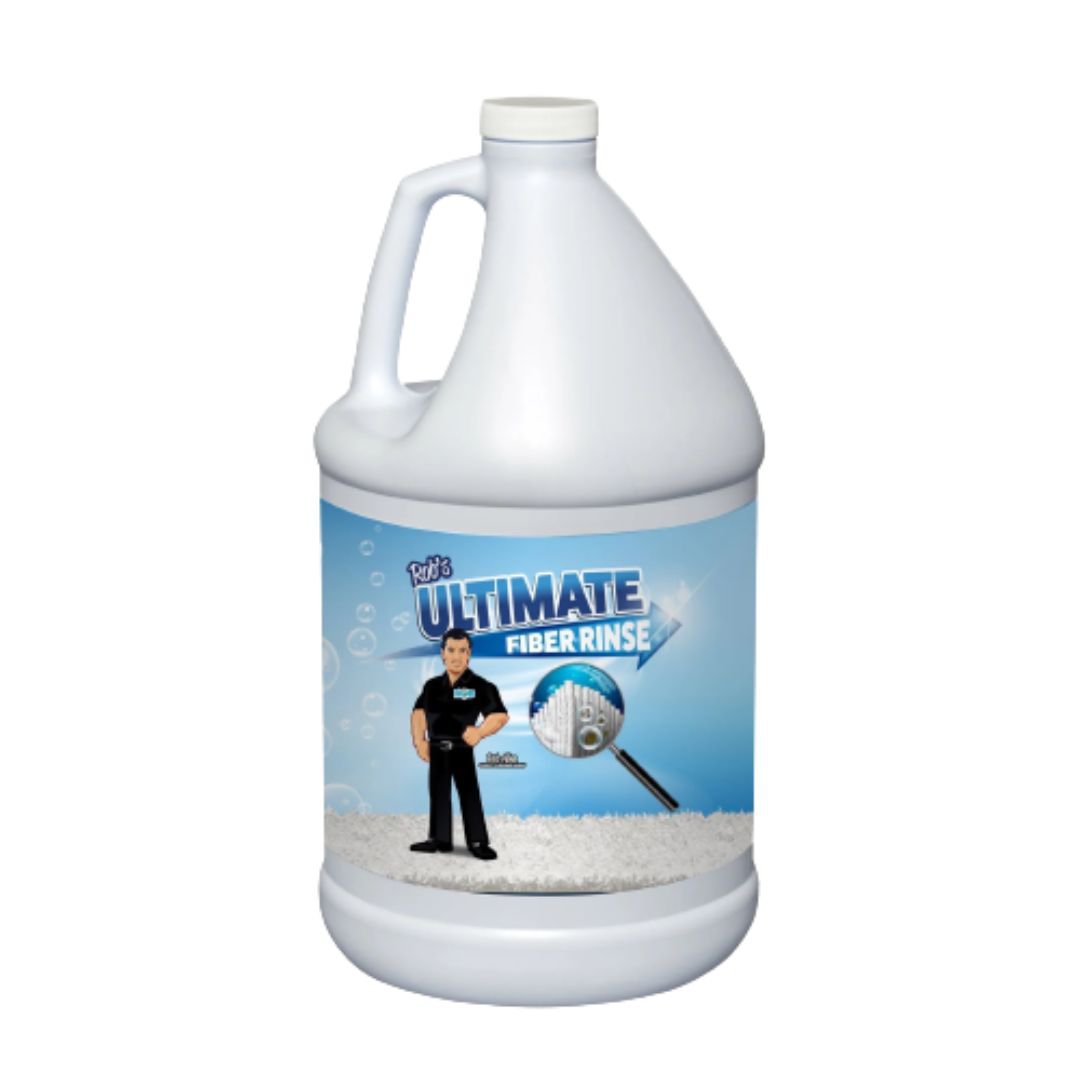How to Clean Hardwood Floors without Sanding
Are you looking for a way to clean your hardwood floors without sanding? TruckMountForums has the solution for you. Hardwood floors are a timeless and elegant addition to any home, adding warmth and character to each room they’re in. Although old hardwood floors are renowned for their toughness and longevity, use over time can dull and damage them.
This is where we come in. When it comes to cleaning, we have the expertise and the best products for cleaning any kind of floor.
By following our step-by-step instructions, you can easily preserve and restore your old hardwood floors without having to sand them. Although sanding is a popular technique for restoring shine and getting rid of blemishes, it can also ruin the original finish and lead to lasting damage.
This article will cover everything you need to know on how to clean old hardwood floors without sanding, including the tools and products you'll need, the proper techniques for cleaning and drying, and tips for maintaining the floors in the long term.
By following our guide, you'll have clean floors that shine in no time.
What this article covers:
- Cleaning Your Hardwood Floor Without Sanding: Complete Guide
- How To Clean Old Hardwood Floors Without Sanding (FAQs)
Cleaning Your Hardwood Floor Without Sanding: Complete Guide

Preparing for Cleaning
Before starting any in-depth or deep cleaning, you’ll need to clear the floor of any dust and debris. This not only increases the effectiveness of the cleaning but also stops dirt and other messes from being pushed around and damaging the floor.
For this step, we recommend a broom, dust mop, and a vacuum cleaner with a hard floor attachment. These are the best tools for cleaning wood flooring. Use the broom and dust mop to sweep and dry mop the floor, respectively, to remove any large debris and dust. Use the vacuum cleaner to pick up any remaining dirt.
This will make cleaning very dirty wood flooring easier.
Cleaning the Floor: Step-by-Step Instructions
Step 1: Pick Your Cleaning Solution
When cleaning old an hardwood floor, it's crucial to use a mild and pH-neutral cleaning solution to avoid damaging the surface. If you don’t have a professional cleaning product handy, you can easily make one out of household items you likely already have. Just mix a solution of white vinegar and water in a ratio of 1:1 in a bucket or spray bottle.
This solution is an effective and safe way to clean wood floors, as it will not cause any damage to the surface.

Step 2: Dip Your Microfiber Mop
Dip a microfiber mop into your chosen solution or the mixture of white vinegar and water that you prepared in step 1. Be careful to thoroughly wring out the mop to get rid of any extra water before using it on the floor. This is critical because too much water might harm the finish of your hardwood flooring.
Because wood floors are fragile, excessive moisture can result in warping, cupping, or even decay. Microfiber mops are an excellent option for cleaning old wood floors since they are gentle and efficient at removing dirt without damaging the surface. Plus, they can hold more water than conventional cotton mops, and so require less wringing.
Moreover, microfiber mops can be machine washed, making them simple to maintain and reuse.
One of the best mops for cleaning wood floors is our flat mop finish applicator.
Step 3: Mop In Sections
Use the microfiber mop to gently clean the floor. Make sure to work in small sections, starting from one corner of the room and working your way across to the opposite corner.
Avoid allowing the solution to sit on the floor for an extended period of time to prevent harm to the surface. To make sure that the whole floor is fully cleaned, move back and forth while slightly overlapping each pass.
When cleaning, be gentle as pressing too firmly will scratch the floor. To get rid of any dirt or debris that may have been picked up throughout the cleaning process, remember to rinse the mop periodically.
It's necessary to clean the area in portions so you can keep track of the places you've already cleaned and ensure you don't overlook any messes. To accomplish this, divide the room into smaller sections, and focus on one at a time. Cleaning the area nearest to the door, for instance, can be done first, followed by the middle of the room, and then the area closest to the wall on the other side.
This step-by-step approach will allow you to be more organized and efficient in your cleaning process.
Step 4: Dry The Floor

To remove any last bits of dirt or debris, dry the floor using a dry towel or microfiber mop. This step is essential in ensuring that the floor is free of all residues of cleaning solution and extra water. To avoid leaving any extra water on the floor, thoroughly wring out the mop or towel before using it to dry the area.
By doing this, you'll also get rid of any dirt or debris that the cleaning process could have missed. In addition to ensuring that the floor is entirely clean and ready for use, proper drying will help avoid damage to the surface.
Step 5: Repeat
Repeat steps 3-5 until the whole floor is cleaned.
Note: When cleaning, try to avoid using too much water since this can damage the floors.
If you don’t want the hassle of cleaning your wood floor by hand with a mop, you can also opt for a machine to make your life easier. The best device to clean hardwood floors is our Orbot Vibe floor machine.
Rinsing and Drying
After completing the cleaning process, remove any remaining cleaning solution from the floor. You can do this by using a clean, damp mop to gently go over the surface of the floor.
Step 1: Mop Remaining Solution
Use a clean, damp mop to remove any remaining cleaning solution from the floor. Wring out the mop well to avoid leaving excess water on the floor. This step is important to ensure that all traces of cleaning solution are removed. This will protect your floor from potential damage from any residue.
Step 2: Mop The Floor Dry
Dry the floor thoroughly using a dry mop or towel. To prevent spreading extra water on the floor, be careful to thoroughly dry out the mop or towel as you go. As we have previously mentioned, moisture is bad for wood floors, and this will help prevent any surface damage from lingering moisture.

Step 3: Air Dry
Allow the floor to dry completely before walking on it or replacing furniture. We recommend that you wait at least 24 hours to ensure that the floor is completely dry.
How to Refinish Hardwood Floors Without Sanding
After cleaning, you might want to shine your hardwood floor without sanding it. To refinish hardwood floors, you'll need to use a process called screen and recoating.
This method is suitable for flooring with mild wear-and-tear or scuff marks. It's a fairly straightforward process, and doing this can mean avoiding having to replace hardwood floors in your home.
Step 1: Gather Your Materials
First, you'll need to gather your refinishing materials. For refinishing hardwood floors, you'll need:
- A fine abrasive screen
- A buffer
- A finish
- A roller/brush
Step 1: Attach Screen To Buffer
Attach a fine abrasive screen to a buffer. This screen will be used to gently remove the top layer of the finish and any dirt that may be on the floor’s surface.
Step 2: Buff The Floor

Run the buffer with the attached screen over the surface of the floor. This process should be done in sections, working your way across the room.
Use a back-and-forth motion, being careful not to press too hard or stay in one spot for too long.
By doing this, the finish's top layer will be removed, exposing a fresh surface beneath. This bare wood will now be ready for you to apply the finish.
Step 3: Repeat
Repeat step 2 until you’ve removed your desired amount of finish. Keep in mind that the goal is to remove just enough of it so that a new coat can be applied without sanding. If you remove too much, you run the risk of damaging the actual flooring.
Step 4: Apply Finish
Apply a new coat of finish to the bare wood, using a roller or brush. Be sure to use a product that is specifically designed for wood floors.
Follow the manufacturer's instructions for application.

Step 5: Air Dry
Before walking on the floor or moving furniture, give the finish time to thoroughly dry. Depending on the product used and the conditions in the room, this can take anywhere from a few hours to a whole day. Different floor materials will have different drying times, so be sure to check the recommended drying time on the product you use.
And there you have it. You can refinish hardwood floors with ease with this method.
Keep in mind that this method might not be appropriate for refinishing hardwood floors with significant damage, or deep scratches and stains.
It's best to seek professional advice in these situations. For floors with deep scratches, sanding is usually the best option, but this can be a more in-depth operation that eliminates more of the original surface.
Maintenance and Prevention
Old wood floors need to be cleaned and maintained on a regular basis to appear their best. To do this, frequently sweep, dust, and vacuum the floors to get rid of dirt and other debris. You should also use a pH-neutral cleaning solution as needed. You’ll be able to stop dirt and other objects from scratching the floors, which can lead to damage over time, by keeping the flooring clean.
Preventing further damage is a key part of maintaining old wood floors. Use furniture pads under the legs of all furniture, and stay away from abrasive cleaning agents. Furniture pads will assist to prevent dents and scratches on the floor brought on by heavy furniture, and staying away from abrasive cleaning agents will help to protect your floors during your regular deep cleans.
We also strongly recommend that you avoid excessive moisture on the floor. You can do this by using mats or rugs in high-traffic areas and by cleaning spills immediately. During regular maintenance, it’s also best to use as little moisture as possible. This will aid in preventing floor warping or cupping as well as the development of mold or mildew.
Conclusion
In conclusion, we at TruckMountForums are committed to assisting you in keeping your old hardwood flooring beautiful and lasting. We can help you clean and preserve hardwood floors effectively without harming the delicate surface thanks to our in-depth knowledge and specifically formulated products.
To keep your wood floors looking their best, we advise using the appropriate equipment and cleaning agents.

To keep hardwood floors in good condition, regular cleaning and upkeep are essential. Maintaining your hardwood floors involves taking precautions against the accumulation of dirt and grime, shielding the floor from potential damage by using furniture pads, and avoiding harsh cleaning chemicals, as well as avoiding walking on the floor in high heels or allowing it to come into contact with other sharp objects.
In summary, this article has provided step-by-step instructions for cleaning old wood floors without having to sand them. By following our guide, you can clean your old wood floors effectively, without causing any damage to the delicate surface.
How To Clean Old Hardwood Floors Without Sanding (FAQs)
Can I use regular cleaning products on my old hardwood floors?
Old wood floors shouldn't be cleaned with regular products since they may contain harsh chemicals that can harm the floor's surface. Instead, you should use a cleaning solution made specifically for hardwood floors that is pH neutral. These treatments are designed to be gentle on hardwood floors.
Abrasive cleaning supplies should also be avoided because they can damage the floors. We recommend that you clean your wood floor with a microfiber mop and a light cleaning agent. To make sure you are utilizing the product correctly, you should stick to the manufacturer's application and usage instructions.

How often should I clean my old hardwood floors?
You should sweep, dust, and vacuum your old floors at least once a week to remove any dirt. A pH-neutral cleaning solution can be used as needed, but not more than once a month to avoid over-cleaning and damage to the surface of the floor.
Can I use a steam cleaner on my old hardwood floors?
No, you shouldn’t use a steam cleaner on old wood floors as excessive moisture can cause warping or cupping of the floor.
It’s much better to opt for the solutions and techniques outlined in this guide. It’s crucial to keep your old wood floors as dry as possible to avoid damage such as cracking or splitting and keep your floors looking as fresh as possible.
How long should I wait before walking on the floor or replacing furniture after refinishing?

Giving the finish adequate time to dry and cure before placing any weight or furniture on the surface is crucial.
The drying time can vary depending on the product you use and conditions in the room such as airflow. But, it’s generally best to wait at least 24 hours before making use of the floor. This will ensure that the finish has completely dried and cured. This way, you can avoid messing up your newly-applied finish and ensure that the floor has reached its optimal level of shine and durability.
Did you find our blog helpful? Then consider checking other guides:
- How to Clean Engineered Hardwood Floors
- How to Clean Hardwood Floors Without Streaks
- How to Clean Prefinished Hardwood Floors
- How to Clean an Unfinished Wood Floor
- How to Clean Unsealed Wood Floors
- Best Product to Clean Wood Floors
- How to Clean Cherry Wood Floors
- How to Get Stain Out of Hardwood Floor
- How to Remove Dark Stains from Hardwood Floors
- How to Remove Glue from Wooden Floor
- How to Remove Sticky Residue from Hardwood Floors
- How to Remove Dog Poop Stains from Hardwood Floors
- How to Get Cat Pee Out of Wood
- How to Get Cat Pee Smell Out of Wood
- How to Remove Moisture from Wood Floor







